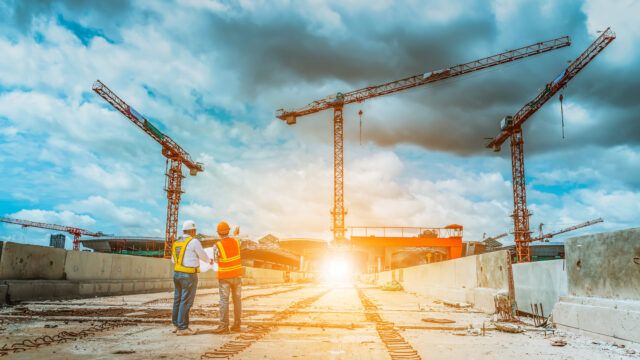Certain infrastructure assets are resilient in an environment of higher inflation because they can pass on higher costs through measures such as rent increases.
For example, BNY Mellon IM believes businesses, including utilities, energy infrastructure and hospitals, can mechanically reset their rents upwards to take inflation into account.
“The growth and income stream on utilities and energy assets is also poised to accelerate in tandem with the global transition away from carbon and towards renewable energy sources,” explained BNY Mellon global infrastructure income portfolio manager Jim Lydotes.
In particular, he identified energy infrastructure, utilities, aged care facilities and telecom infrastructure as four areas of infrastructure for investors to watch at the moment.
This is based on three key characteristics for companies in these sectors: firstly, their business models are based on asset ownership; secondly, they have stable and predictable cashflows; and thirdly, they are regulated.
Robust infrastructure assets
According to Lydotes, energy infrastructure, once built, has the potential to generate cash for decades to come. “Since the reinvestment is often low, the pay-out to shareholders in the form of dividends can be notable.”
Demand will also stay strong alongside the shift towards renewable energy, given that the role of gas as a transition fuel will be necessary for decades to come – highlighted by the Russia/Ukraine conflict, which has left many investors more confident in the long-term value of energy pipelines.
Utilities are also notable, providing both a regular income stream and an element of growth, thanks to the acceleration of renewables uptake globally.
“The push across the world to build more renewable energy is allowing these utilities to see 10 to 15 years of growth pulled forward over the next five years,” said Lydotes.
“It’s allowing these businesses that are already paying high yields to grow faster than they have over the past 10 or 15 years.”
Meanwhile, the prospects for aged care facilities reflect the ageing demographic in certain parts of the globe, with an expected ramp-up in demand for the types of healthcare given.
According to Lydotes, an increasing number of hospital and aged care facility operators have sought to monetise the real estate in their portfolios by selling them into the REIT market, often through sale-and-leaseback arrangements.
Finally, the greater volume of individuals working from home since the pandemic began has made the global need for broadband access critical.
“What we’re seeing is a much higher value being placed on telecom infrastructure,” explained Lydotes.
He is eyeing opportunities in more diversified and traditional telecom companies, which sometimes have subsidiary businesses.
“In some instances, such companies are splitting off these high value businesses to unlock that value,” he explained.
The idea is that, ultimately, the market will start to come around to the value there as they start to split these out.”
Long-term potential
More broadly, investors should consider the long-term sustainability of an asset in terms of the energy transition.
This means traditional energy companies such as coal, oil and gas can be part of the solution.
“If a utility owns coal generation but is in the process of sunsetting that and bringing on new renewable power generation, that could be an opportunity for the business to grow,” said Lydotes.
As a result, the path for the next five or 10 years is more important than a snapshot of the current carbon footprint.
“We talk to these companies all the time and we can have a much bigger impact on what they’re doing by engaging with them,” added Lydotes.

















